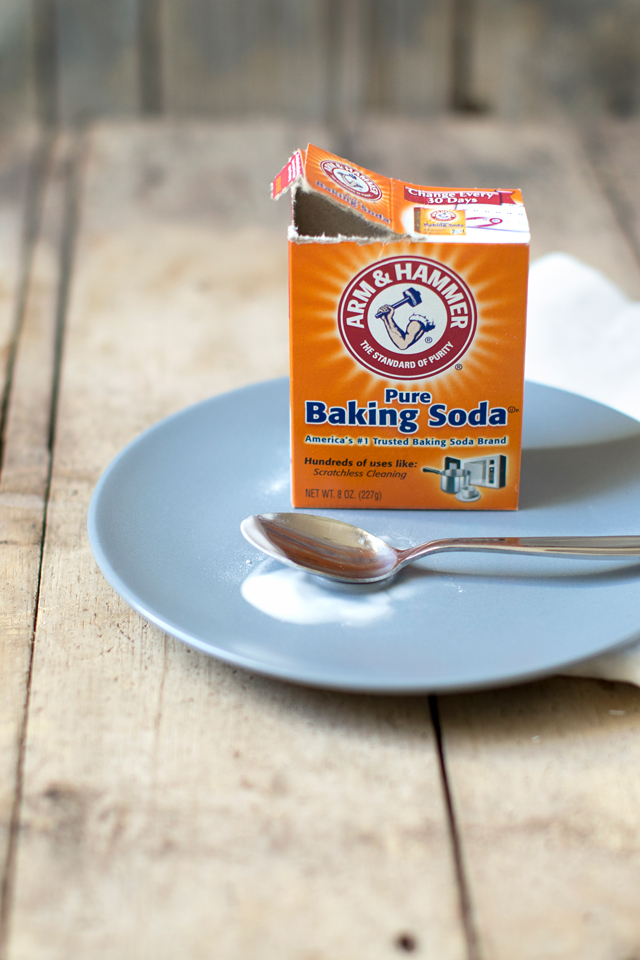

Research suggests that an average adult can survive after being stung 1,000 times, but few people want to test the theory. Someone with severe allergies to bee stings may not have the same reaction to wasp or hornet stings. If you are stung, this EpiPen (unavailable before 1983) can save you by keeping the blood pressure in check while medical help is on the way.Īnd whenever you see someone with a history of anaphylaxis stung – don’t wait for the symptoms to show – call for medical help immediately. If you have a history of anaphylaxis after a bee sting, carry a “bee sting kit” that contains an Epinephrine auto-injector (EpiPen) as a precaution. Itching or welts in places other than the area of attack.Extreme swelling on the face, throat, or lips.Difficulty breathing or shortness of breath.Without medical attention, the wounded person can go into anaphylactic shock very quickly – which can be lethal. If you see these in yourself or anyone else, visit a doctor as soon as possible. But some severe reactions might be seen after the sting. Most of the time, there are mild reactions. Some people might have allergic reactions due to the components present in bee venom. Sting reactions vary from person to person. According to research done at Cornell University by Michael L Smith, the least painful places for a bee sting are the skull, middle toe tip, and upper arm. However, the pain level depends on an individual’s pain tolerance and where they were stung. Certain wasps and ants produce 3-level pain, while bites by a tarantula and specific wasp and ant species can result in the highest level. The Schmidt sting pain index, which rates pain caused by insect stings on a 1-4 scale, suggests that most bee stings register at one or two. Pain and swelling in joints days after the incidentīee sting under eye redness & irritation from bee sting Redness & swelling from bee sting Small bee sting How painful is a bee sting?.Fever, nausea, and headache stemming from multiple bee or wasp stings.Redness and swelling can grow up to 12 inches.Some stings can cause different symptoms, including but not limited to: Swollen hives or welts peaking around after 48 hours and lasting up to an entire week.Redness or itchiness around the affected areas.Sudden intense pain at the site of the attack.But in the case of multiple stings, knowing the signs of a sting will help you treat the affected areas more effectively. If you get stung by a bee or other insect, you’ll know by the pain. The stings contain venom, inducing a local toxic reaction in the injured area. Honey bees, hornets, yellow jackets, and wasps are the most common stingers you might encounter. This post will dive into bee sting symptoms, complications, treatments, home remedies, and advice on when to see a doctor. So, regardless of whether you’re allergic, it’s essential to know what to do and what not to do in situations like these. But, if you’re allergic to bee venom, the sting could develop into a life-threatening illness.

If swelling and pain continue, go the the emergency room immediately.ĥ% of the world’s population will be stung by a bee in a given year.Ī single sting can be painful and may not trigger any severe symptoms. Wash the sting location with soap and water and then apply a cold compress to reduce the pain and swelling. Do not squeeze the stinger, as it will release more venom into the skin. Quickly remove the stinger by scraping over the top with a fingernail or gauze.


 0 kommentar(er)
0 kommentar(er)
